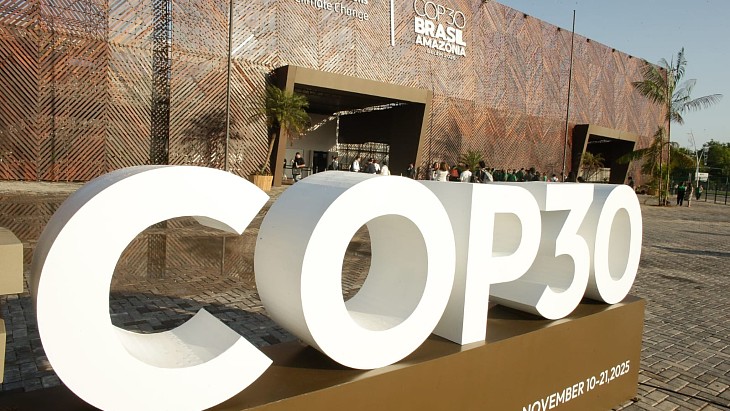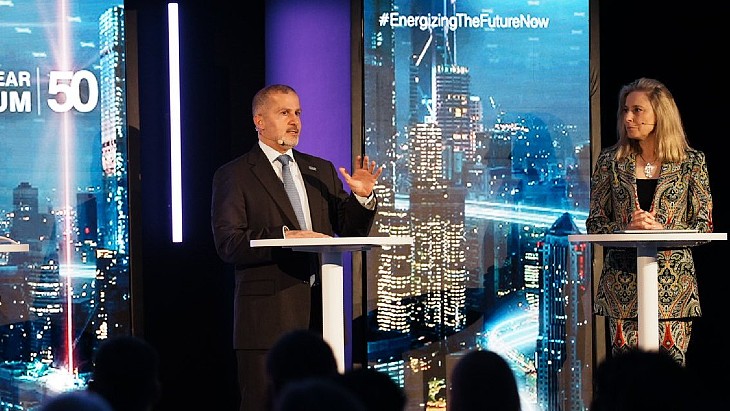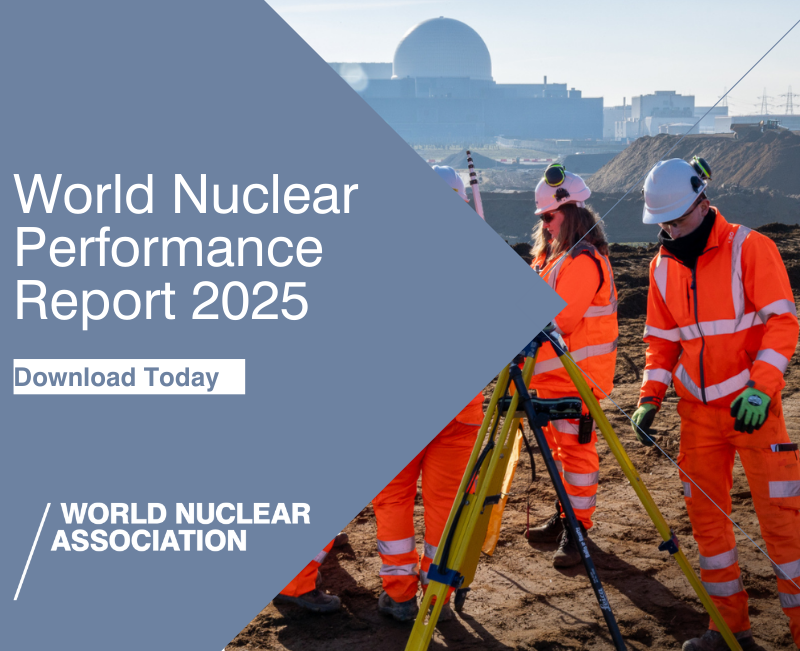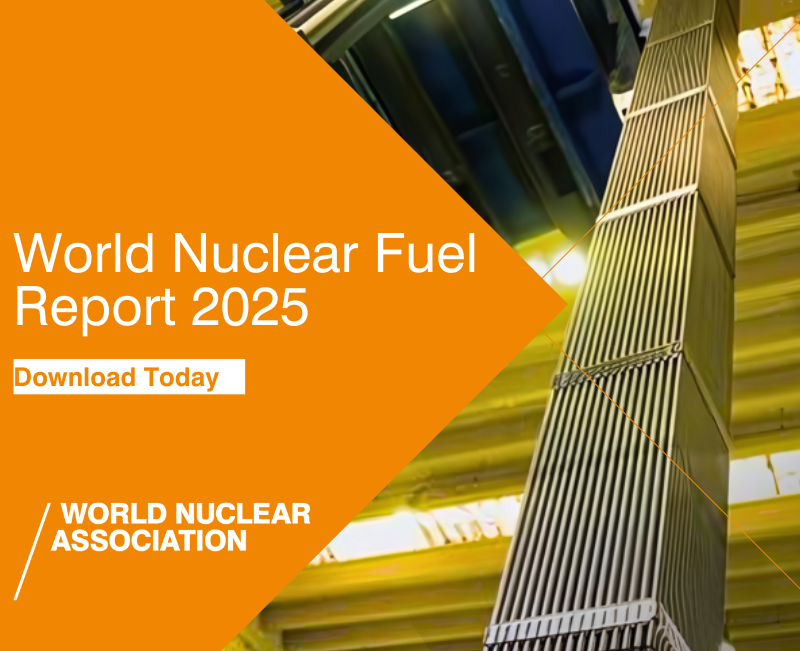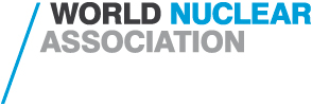Work is to start on the design of waste handling procedures for Cigéo, France's future underground disposal site for radioactive waste.
The four-year handling project, worth €20 million ($27 million), is to be carried out by engineering firms Assystem, Cegelec and Spretec. They will undertake what they called "high-level studies" followed by "detailed design of the technical procedures for the transfer and storage of waste packages" at Cigéo, said Assystem.
The waste in question totals around 2700 cubic metres of high-level radioactive waste and about 40,000 cubic metres of long-lived intermediate-level radioactive waste. Between them these contain 99% of the radioactivity from nuclear power generation that has provided the majority of France's electricity over the last few decades.
_460x298.jpg) |
| Cigéo (Image: Andra) |
Cigéo will be an underground system of disposal tunnels, known as galleries, in a natural layer of clay near Bure, to the east of Paris in the Meuse/Haute Marne area.
The purpose of the studies is to specify Cigéo's systems and procedures in detail ahead of developing a licence application, said Assystem's Laurent Doher. For five months Assystem will work to "confirm the industrial feasibility of the project," which he said was "paramount". After that will be the development of a "roadmap for [Assystem's] industrial partners so that we can put forward the best technical and economic solution."
Managed by national radioactive waste disposal organisation Andra, plans for Cigéo were last year put out for public comment. Based on public input, Andra revised its plans to provide for a pilot plant to test, under real conditions, all of the disposal functions: the technical measures to control operating risks, the capacity to remove packages being disposed of, the disposal monitoring sensors, the techniques for sealing cavities and galleries, among other things.
The public also wanted Andra to allow for reversibility, so future generations could more easily remove the waste packages, should they decide to do so. A master plan for the entirety of Cigéo's development and operation will be constantly updated with input from stakeholders and approval by government, also as a result of the consultation, Andra said.
Next year Andra plans to submit its master plan for operation and disposal to government, as well as a set of options for security and retrievability. The application to regulators to construct Cigéo should come in 2017, with construction itself following in 2020. The pilot phase of disposal could start in 2025.
Researched and written
by World Nuclear News




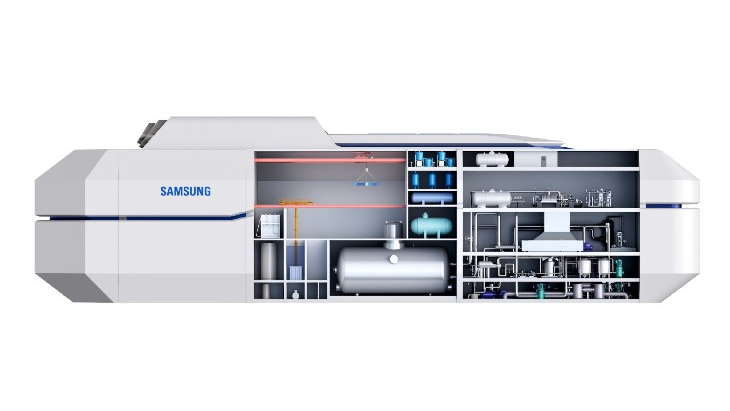
_18570.jpg)
_16159.jpg)
_49205.jpg)
